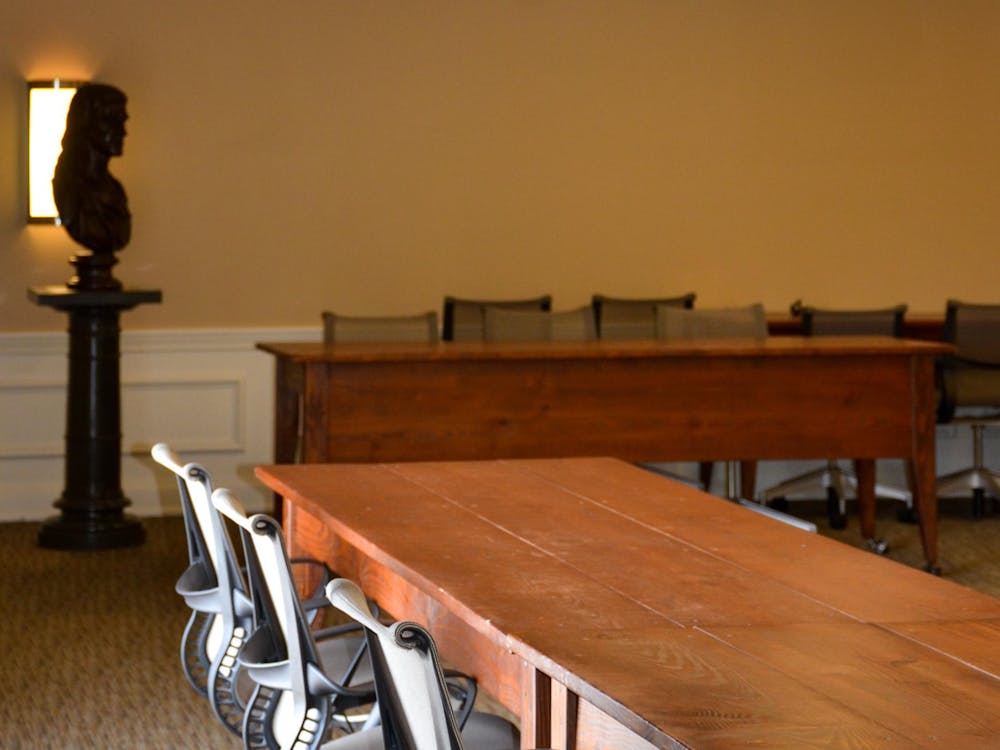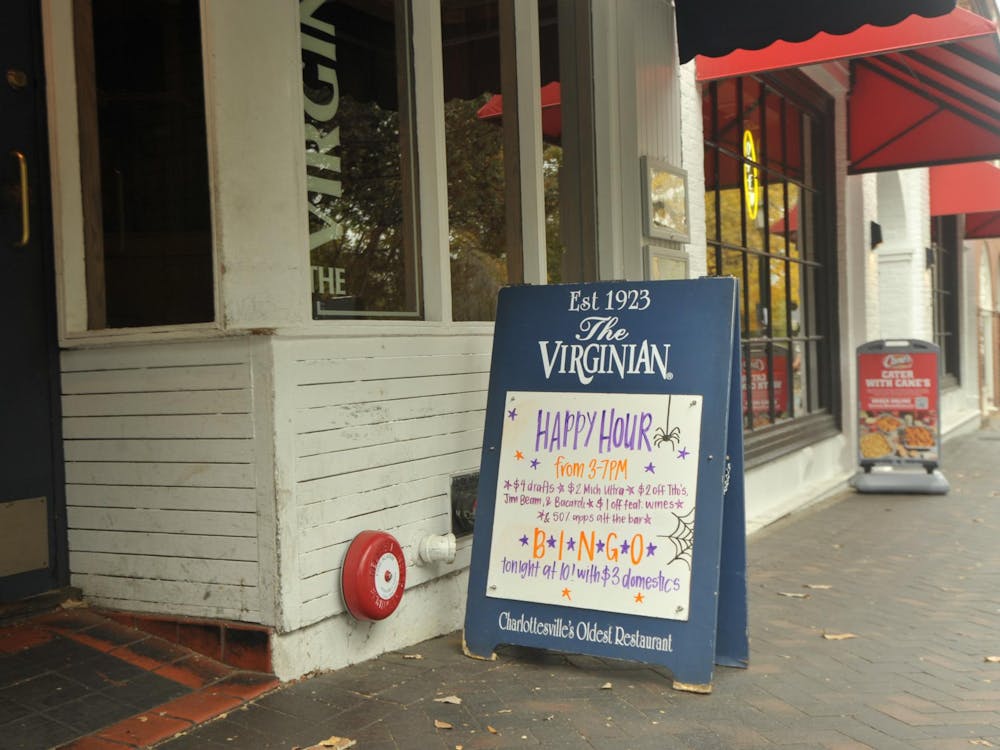According to new estimates from the U.S. Census Bureau, the population of Charlottesville decreased by 8.7 percent between 2000 and 2004 -- yet not everyone believes the population of Charlottesville is shrinking. Charlottesville officials dispute the Census estimates and believe the number of city inhabitants has actually increased.
The Census Bureau reports the population of Charlottesville has fallen from 40,099 in April 2000 to 36,605 in July 2004.
Contrary to the Census Bureau report, Councilor Blake Caravati estimated the City's current population to be around 41,000 -- more than 4,000 greater than the Census Bureau's estimates.
Errors in population estimates could have major consequences for the City because federal and state funding for roads and other services is based on population, Councilors said.
According to Vice Mayor Kevin Lynch, City Council has seen a number of indications that run contrary to the Census Bureau's report.
"It's pretty obvious to me that people are moving here in record numbers," Lynch said.
Caravati noted the number of building permits has increased tenfold in the last two years, the number of car registrations has increased over the last three years and K-12 school enrollment has increased slightly over the last two years.
This is not the first time Charlottesville officials have observed a discrepancy regarding the city's population.
"Up until the 1990s, they had been underestimating our population every year," Lynch said.
In 2000 the Bureau estimates predicted the population of Charlottesville at 45,049, but the census of that year showed the actual population was 5,000 less.
According to the U.S. Census Bureau Web site, it makes population estimates based on "demographic components of change" -- including birthrates, death rates and migration rates.
"It does make me wonder if the models they are using aren't right and need to be recalibrated," Lynch said.
Although the increase in housing permits despite a drop in population could be attributed to smaller family size, Lynch said he doubts this is the case.
"The Downtown Mall area is very attractive to retired people and young professionals, many of whom do not have children, but the number of families in the City is not shrinking," Lynch said.
Although University students constitute a large portion of the Charlottesville community, Charlottesville Neighborhood Planner Missy Creasy said she doubts the population discrepancy could be attributed to students at the University, who are split between the City and Albemarle County based on their housing locations.
"Looking at [Census Bureau] criteria, I don't think student population should have much effect," she said.
A representative from the Census Bureau could not be obtained for a comment.






